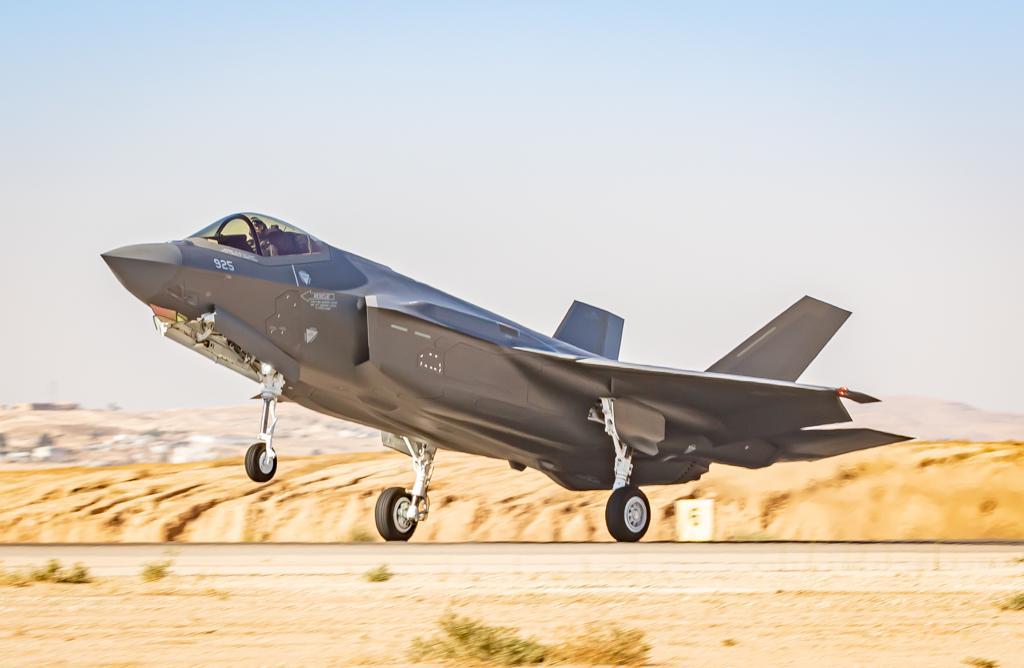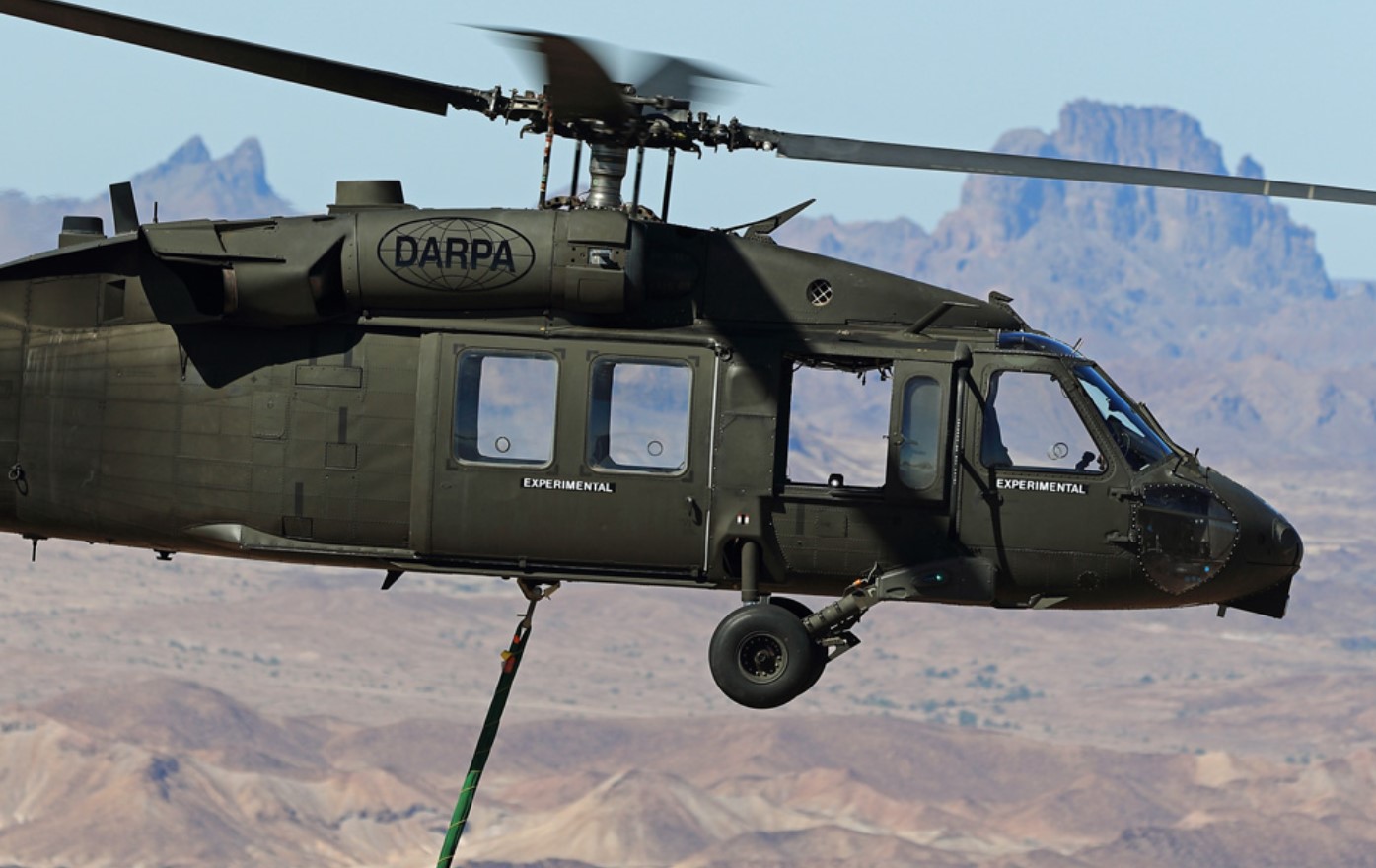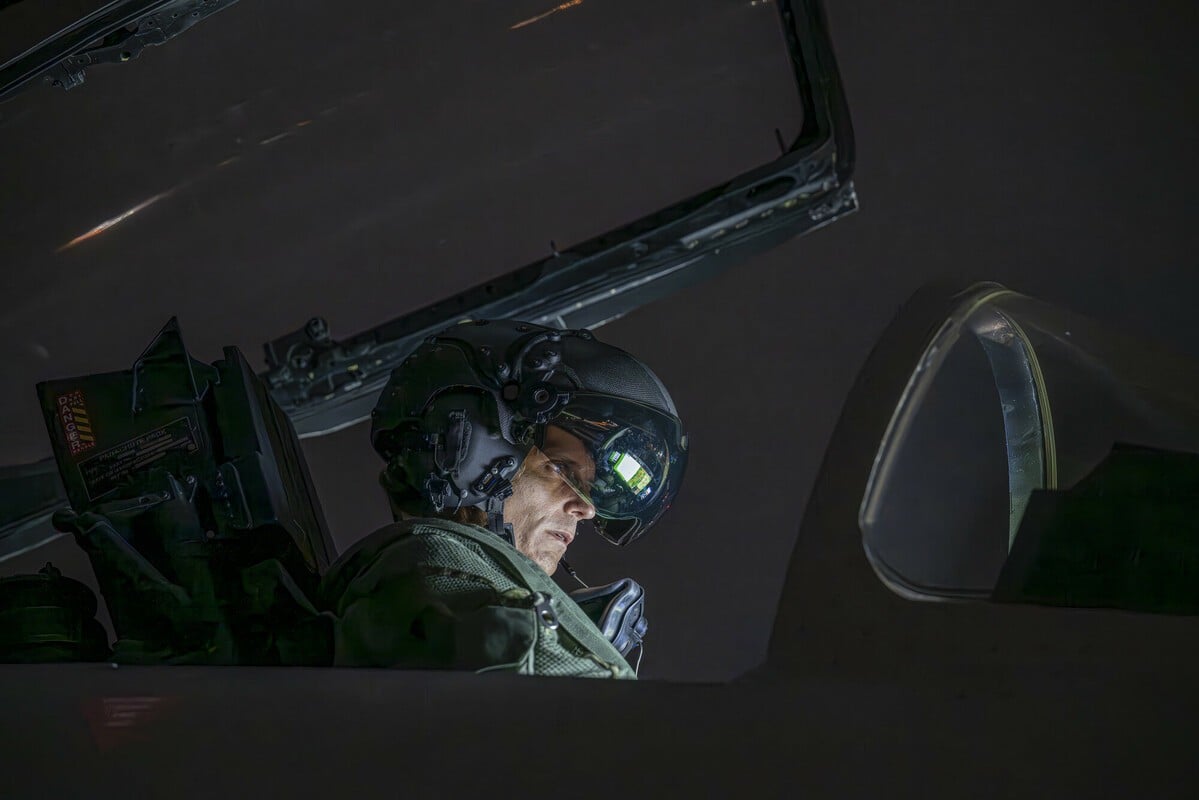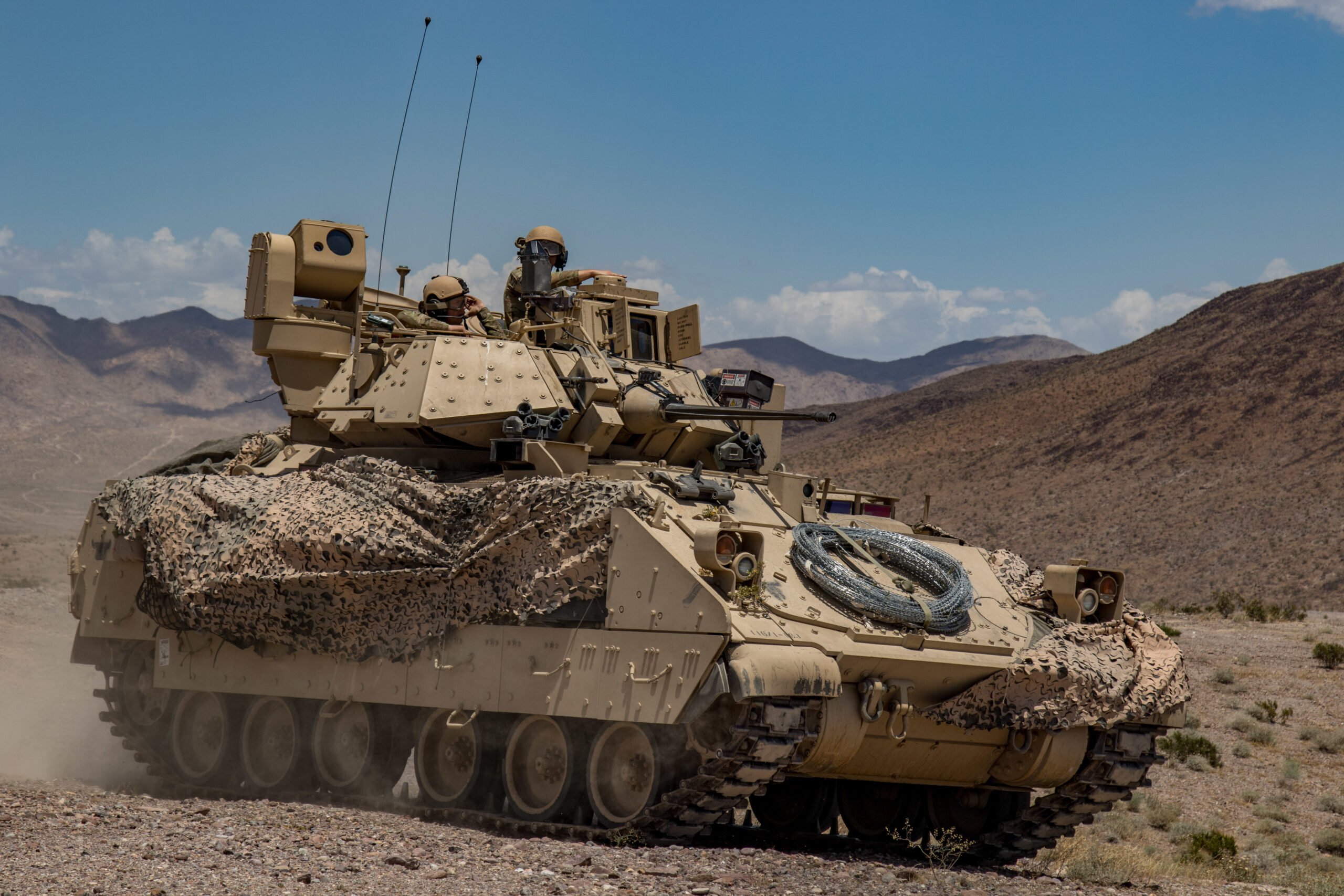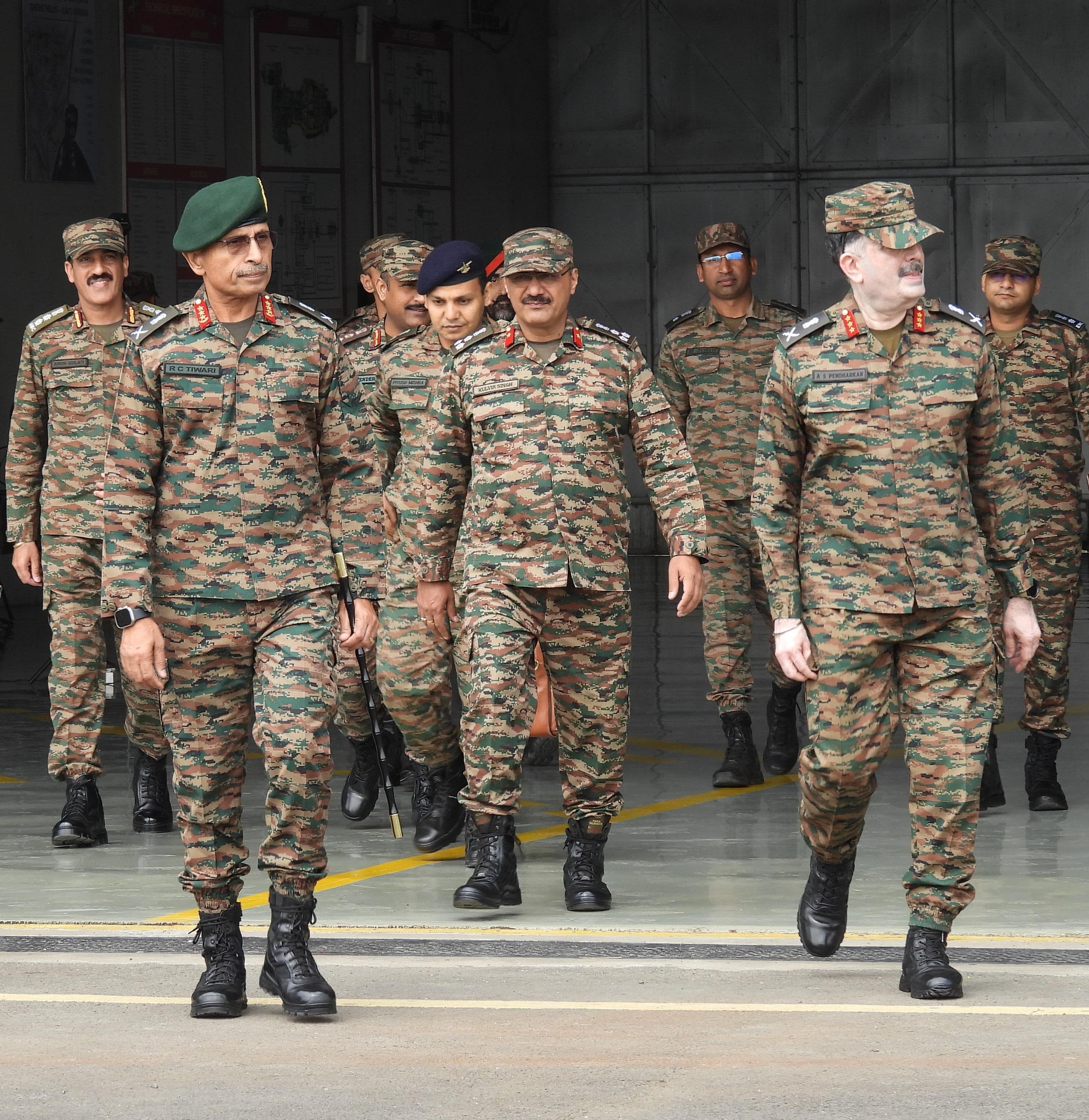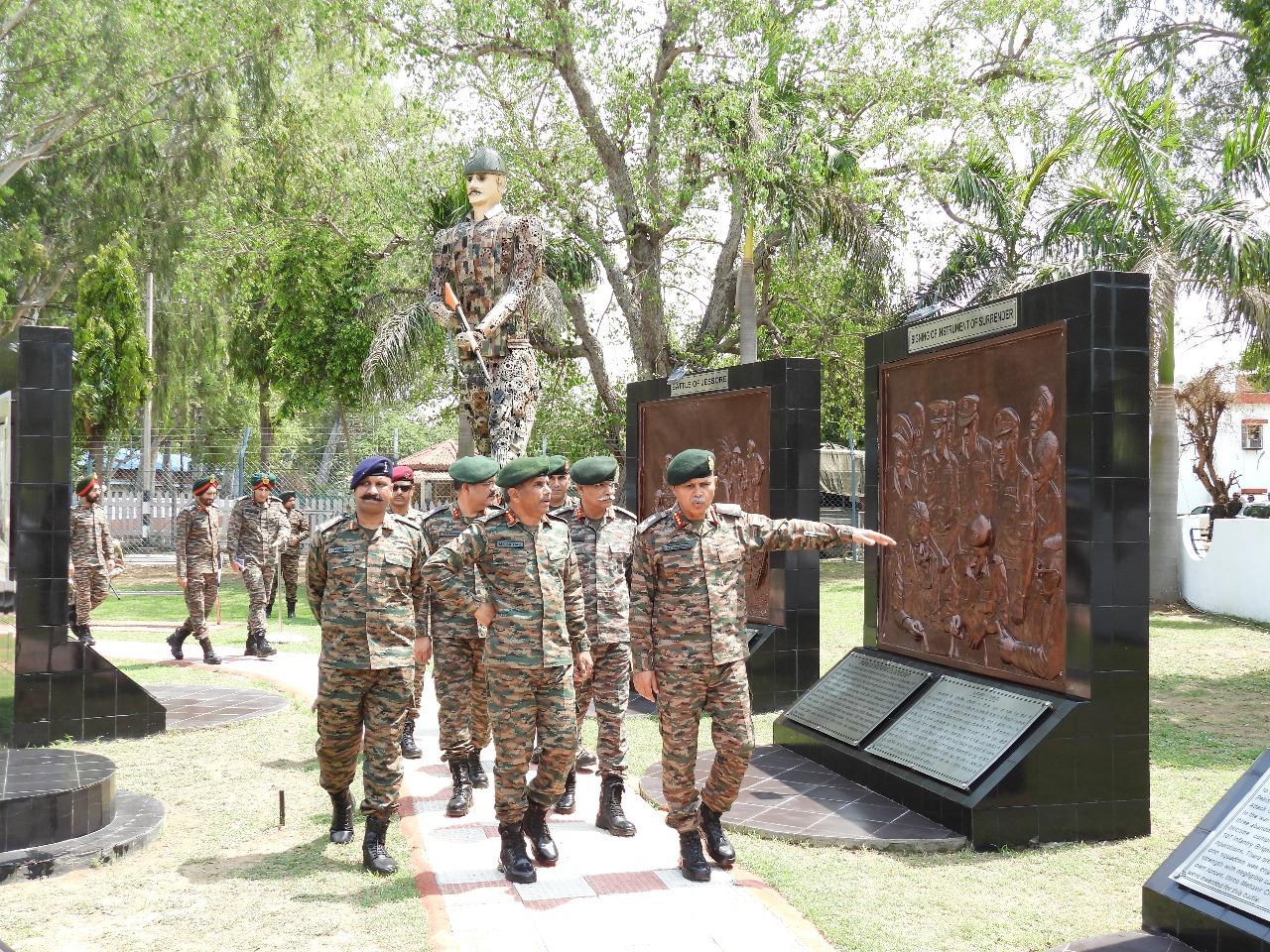Israel’s military has confirmed that it conducted airstrikes overnight targeting Hezbollah’s weapon-smuggling routes along the Syria-Lebanon border, marking a significant development just over a week into a tenuous ceasefire with the Lebanese militant group. The strikes were aimed at disrupting operations that Israel claims facilitate the transfer of armaments from Syria to Hezbollah in Lebanon.
Reports from official media sources in Lebanon and Syria indicate that the air raid severely damaged the Al-Arida border crossing, which had already faced destruction during the ongoing conflict between Israel and Hezbollah. In a statement, the Israeli military outlined that their forces targeted locations identified as “weapon-smuggling routes and terror infrastructure sites” near crossings controlled by the Syrian government.
The Syrian state news agency SANA confirmed that the Al-Arida crossing is “out of service again” as a direct result of the Israeli attack. This development emphasizes the ongoing volatility in the region, particularly as the crossing has been a focal point in past military engagements. The Lebanese National News Agency also reported that the strike caused significant damage to infrastructure, effectively severing the border road once more, a troubling outcome given that the bridge had recently undergone repairs following prior assaults.
Israel has long maintained that its military actions in the region are necessary to impede the flow of weapons into Lebanon, particularly to Hezbollah, which it views as a significant threat. The latest strikes occurred amid heightened tensions, with both Israel and Hezbollah accusing one another of violating a ceasefire agreement that was intended to halt hostilities following an intense two-month period of conflict, which had escalated after nearly a year of intermittent clashes stemming from the Gaza war.
This situation underscores the fragile nature of the ceasefire, as both parties continue to navigate a complex landscape of accusations and military preparedness. Observers note that the recurrence of hostilities, even with a ceasefire in place, poses substantial risks for escalating regional conflict in an already volatile area.

